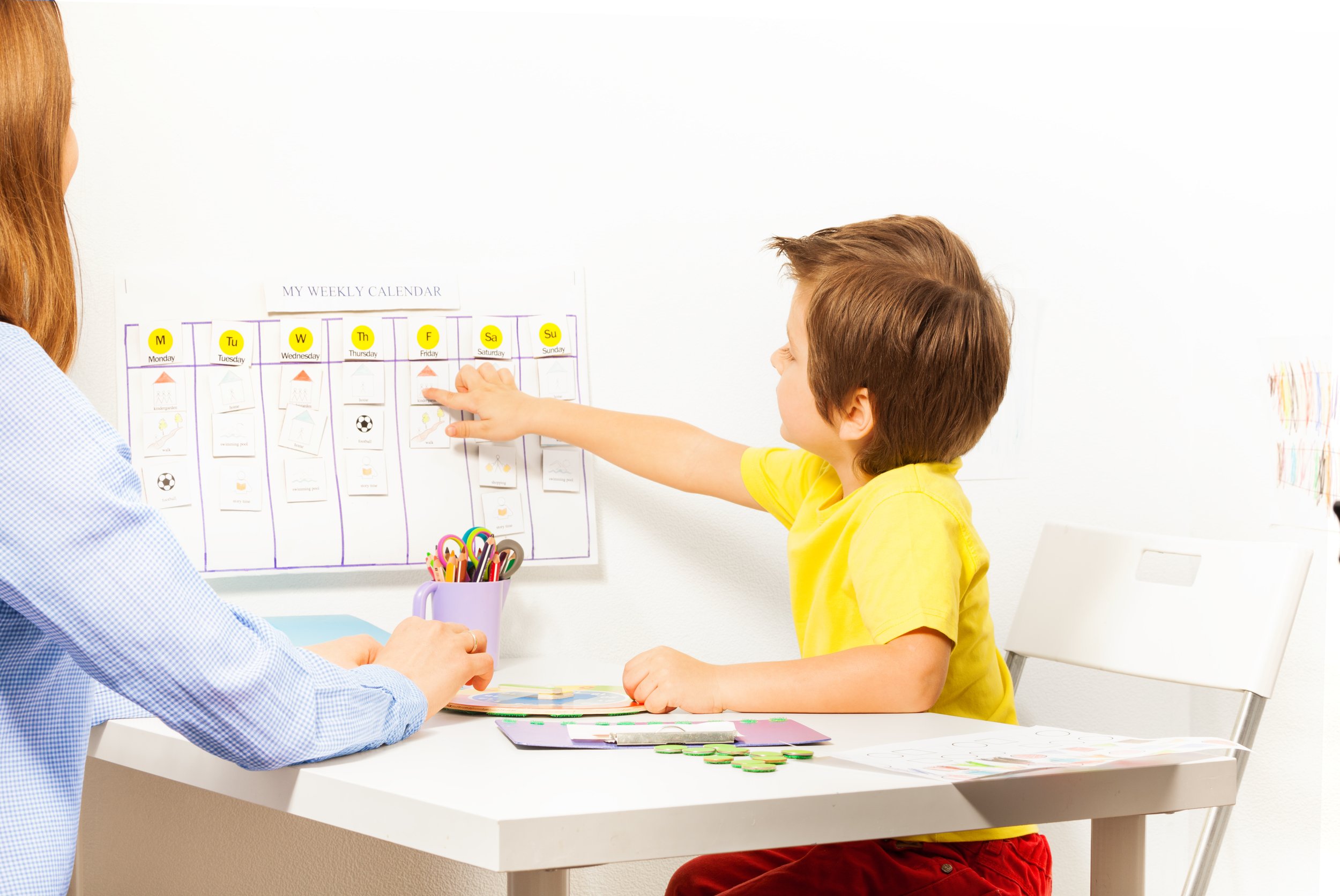6 Ways to Reinvent Your Homeschool (Without Spending a Dime)
When you get that stuck-in-a-rut feeling — and we all do sometimes — these simple-to-pull-off changes can make your homeschool feel bright and shiny again.

1. Don't wait for opportunities to come to you.
If you’re always test driving groups and classes without finding the perfect match, maybe this is the time to start your own group. If you wish a specific kind of curriculum existed but can never find it, consider making your own. It’s true that your efforts may not result in exactly what you want, but taking a more proactive approach to building your homeschool life will automatically boost your energy and enthusiasm.
2. Turn your schedule upside down.
One of the great things about being a homeschooler is that your days don’t have to follow the standard routine. If you’ve been following a rough 10-to-3 school day, shake things up by totally changing your schedule: Do science experiments on the weekend, take nature walks after dinner, or start the day doing a little math practice bed. Changing your routine can change your whole day.
3. Start a year-long project.
It might be a timeline or an illustrated taxonomy, a comparative mythology exploration or a local history quest. Whatever it is, your project should be big enough to keep you busy for several months but focused enough that you can wind down to a satisfying stopping point when you’re ready. Having a big project you share will naturally add a new structure to your days and shake up your routine in a gentle but definite way.
4. Move your furniture around.
It’s amazing what a difference it can make. Create a reading nook, or relocate the computer to the family room. Turn your hallway into a library, or add a little table in the kitchen. Switch your dining room and living room, or turn a closet into a cozy crafting desk. Changing your home’s internal set-up, even in fairly minor ways, can inspire you to try all kinds of new things.
5. Map your neighborhood.
This is one of those endeavors that can pay off richly if you make the most of it. Start by mapping your street— depending on your interests, you may identify trees and plants, or focus on streets and houses. Go slow — add one or two things each day, gradually expanding the circumference of your map. You’ll make surprising discoveries about an area you might think you know well, get more familiar with geography and compass directions, and have a cool record of the place you call home.
6. Start planning a big trip.
Planning a trip delivers almost the same benefits as actually going, and mapping your route through Germany or planning day trips in Costa Rica can make everyone excited to explore new topics and places throughout the year.
This was originally published in the summer 2018 issue of HSL. Subscribe here.
Whether you live to color-code or need a system that flexes and changes with your family’s needs, keeping good homeschool records is essential. And you can do it — all you need is a system that you’ll actually use.
Aminata and Malcolm have discovered that a purposeful morning routine is the perfect start to their homeschool day.
When your homeschool starts to feel like more work than fun, it’s time to make a change.
Jenn’s been struggling to find a balance between the structure and academics she needs and the fun, laidback vibe she wants her homeschool to have.
If your homeschool schedule isn’t making your life happier, easier, and more productive, isn’t it time to change things so that it is? Beverly has some great tips for creating a homeschool schedule that works for you.
Planning your homeschool year is about more than just making a weekly checklist or figuring out what to use for science. If you want your homeschool to grow with you and take your kids where they want to go, keeping these questions in mind can help you stay on track.
The best way to plan your homeschool year is the way that works best for your particular homeschool — and like all the rest of homeschooling, it may require some trial and error to find the right balance. That’s why our “perfect” planning method is adaptable as you need it to be: Use the skeleton to make a loose frame for the year, or go all out and plan every week in advance. It’s your homeschool. Make a plan that works for you.
A homeschool retreat can be inspiration, direction, and sanity saver all in one — and if you don’t have a secular homeschool conference nearby, you can create your own.
Chances are, you’re doing better with this whole homeschool thing than you think you are. These six signs are all indicators that you’re on the right track — and we think that’s something you should celebrate.
5 surprising ways to build a homeschool life that works for your whole family — including you. “If your homeschool isn’t giving you personal satisfaction most of the time, something needs to change.”
It’s easy to get so caught up in your everyday to-learn lists that you lose sight of the bigger picture of what you want your homeschool life to feel like.
Reinventing your homeschool is just part of the process, but this six-step process will help your homeschool grow in the ways that work best for your family.
Your official last day of school can be whenever you want—so pick a date that matches your family’s homeschool rhythm (or don’t pick a date and have a year-round homeschool).
Truly, the biggest hurdle to cobbling my own history curriculum together has been organizing the resources in such a way that I know where they are, I remember all of the ideas that I had, and I don’t leave anything out.
This easy organization method won’t stress you out and will make your life a whole lot easier when you start working on transcripts and other official paperwork for high school graduation.
Planning out your year doesn’t have to be scary or stressful.
February 11 is National Clean Out Your Computer Day, but do you really need an excuse? Get all those curriculum plans, worksheets, and other great ideas organized so you can find them when you need them.
What you can do is engage in the process of putting the spark back in your homeschool exactly the same way you started your homeschool in the first place: with patience, trial and error, and a little expert advice to get you started.
When you get that stuck-in-a-rut feeling — and we all do sometimes — these simple-to-pull-off changes can make your homeschool feel bright and shiny again.
Don’t let the fact that intersectional homeschooling is a work in progress deter you from making it part of your own homeschool.
“We loved the idea of living without a schedule, but we quickly discovered that we were miserable living without a routine.”
This is my go-to recommendation for new homeschoolers — it's designed to help you find your rhythm, build comfort with leading your students’ learning, and keep the learning going as you find your way. It’s basically a six-month, low-cost-investment guide to starting homeschooling.
We rounded up our readers' best tips to prepare for back-to-school.
A more rigorous homeschool involves pushing further and deeper across the curriculum.
Happiness comes more from our actions than our circumstances: about 40 percent of the average person’s happiness comes from things they do. So to get out of a rut, do something different. It’s almost too easy.
One of the most effective ways to feel happier and more productive? Working with your hands. Winter is the perfect time to start a new project.
You don’t have to do huge renovations to make your learning spaces feel brand new. Here are a few simple ideas that will breath new life into your school space this winter.
Sometimes when you feel stuck, setting a series of goals can help you break out of the blah.
In this five-part series, we’re helping you get through the midwinter slump in your homeschool. First up: Give your routine the boot, and try something new.
Amy Sharony is the founder and editor-in-chief of home | school | life magazine. She's a pretty nice person until someone starts pluralizing things with apostrophes, but then all bets are off.






























A creative learning space is less about actual stuff and more about giving your children space to explore ideas in different ways.